Green sea turtle digging its own watery grave due to invasion of non-native seagrass….
A seagrass species from the Red Sea is outcompeting the native seagrass species in the Caribbean, where the green sea turtle lives. These iconic turtles are seeing their grazing areas decline, because they have little interest in the foreign seagrass. Wageningen researchers and colleagues from other research institutions discovered how these large underwater grazers seem to dig their watery grave with their own eating behaviour. The Journal of Ecology for this week reports on the topic.
Since the opening of the Suez Canal in 1892, the seagrass Halophila stipulacea, once isolated in the Red Sea, began making its way into the Mediterranean. That did not cause any problems for existing populations of seagrass in those areas. However, the exotic seagrass reached the eastern Caribbean by ship in 2002, where it turned out to be dominant over the original seagrass, the native Thalassia testudinum. This has allowed the non-native species to form extensive meadows on the sea floor.
The green sea turtle Chelonia mydas swims in these same tropical waters.For millions of years, it has been gracefully grazing in the fields of the native seagrass species. This large grazer primarily forages in the deeper areas of the seagrass meadows. However, this began to change in 2002. That was the year that this exotic seagrass invader made its entrance from the Red Sea. This foreign seagrass spread quickly across the eastern Caribbean and formed thick meadows in the foraging areas of green sea turtles.
Understanding the turtle seagrass interaction
In 2010, the new species found its way to Lac Bay on the island of Bonaire, in the Dutch Caribbean, where a research team led by Marjolijn Christianen, with Lisa Becking and Fee Smulders of Wageningen University & Research and Per Palsbøll from the University of Groningen designed a study funded by the Netherlands Organisation for Scientific Research (NWO) and the Dutch Ministry of Economic Affairs. Their goal was to investigate the role of sea turtles in the distribution of this exotic seagrass species. The team, further strengthened by colleagues of the University of Amsterdam (Arie Vonk), Sea Turtle Conservation Bonaire (Mabel Nava, Sue Willis), STINAPA Bonaire (Sabine Engel) and Wageningen Marine Research (Dolfi Debrot), wants to research how these large grazers influence the expansion of exotic plant species in aquatic systems.
The team conducts field observations, conducts experiments in underwater cages, and gathers satellite images of grazing areas from the last 40 years in order to compare the size and boundaries of the seagrass fields with their current condition. In a time lapse of satellite images, they are able to see how the underwater terrain on which the sea turtles graze has been slowly increasing by 72 per cent (up to 65 hectares). The sharp boundary between grazed and ungrazed seagrass fields is shifting towards shallower areas with native seagrass species which previously (1970-2010), had not been grazed.

(a) Setup of a “cafeteria” (or food choice) experiment for green turtles in Lac Bay, Bonaire, (b) here native seagrass Thalassia testudinum is preferred above invasive Halophila stipulacea. The relative number of grazing events that a species was eaten, n = 20, Friedman’s test. Photo by MJAC
Food preferences of sea turtles
Marjolijn Christianen and her colleagues also outfitted the green sea turtles with GPS trackers, so that they could follow their eating path underwater. These observations confirmed the idea that the turtles are largely dedicated to the newly grazed areas, which confirms that the change to the underwater landscape was driven by the turtles. They also conducted experiments involving the food preferences of the turtles, because, if the invasive species were equally appealing as their established food source, the invasion might have fewer consequences. However, laboratory measurements indicated that the exotic seagrass is 2.5 times less nutritious for the sea turtle, not to mention that the green sea turtle turns its nose up at the new food. In food preference experiments (nicknamed cafeteria experiments by the researchers), they only ate the new seagrass species one out of ten times, compared to nine out of ten for their traditional food source.

(a) The location of Bonaire, study site Lac Bay (inset), and the geographical distribution of Halophila stipulacea along 16 Eastern Caribbean islands where H. stipulacea has been recently reported (modified from Willette et al., 2014 and Vera et al., 2014). (b) Aerial picture of the north‐east section of Lac Bay with drawn lines showing the shifting border between grazed (darker) and ungrazed (lighter) Thalassia testudinum (Tt) over multiple years; before H. stipulacea invasion (January 1970, 2010), and after H. stipulacea invasion (February 2012, 2014 and 2016). The border moves towards the shallower area bordering the mangroves (top left). The area between outer lines represents the same “new grazed patches” as in figure panel (c) and is presented as a filled blue polygon. Aerial picture: Google earth 2016. (d) Native T. testudinum with the typical sharp border between ungrazed (top) and grazed (bottom) patches and (e) invasive seagrass H. stipulacea. (c) Foraging hotspots (50% kernel utilization distribution (KUD) home range, line polygons) of five green turtles tracked in 2015 and 2017 concentrate in the area where new cropping (or “grazing”) patches have been initiated in previously ungrazed T. testudinum area (filled blue polygon). Points present the filtered turtle locations for five colour‐marked individuals (with unique PTT ID nr’s): orange 151,225, red 151,221, green 151,222, blue 162,896, purple 162,897. The inset shows the outline of figure panel (b). Photo (d) and (e) by MJAC
However, what was even more problematic for the researchers is that they observed the exotic seagrass spreading more quickly in grazed areas in comparison to ungrazed areas. Ultimately, in the six years between 2011 and 2017, H. stipulaceaunderwent an expansion of six to twenty per cent of the permanent monitoring locations. During the same period, coverage with the native seagrass Thalassia testudinumdropped by 33 per cent.
“These results provide the first proof of the large-scale replacement of the native seagrass by the rapidly proliferating H. stipulaceain the Caribbean as well as a mechanistic explanation for the invasiveness,” says Marjolijn Christianen. “This shows how large herbivores play a significant but previously unrecognised role in the expansion of exotic plant species in aquatic ecosystems.”

Summary of the impacts of megaherbivores (here green turtles, Chelonia mydas) on invasive expansion (here seagrass Halophila stipulacea), and the changes of seagrass species co-occurrence following the introduction of H. stipulacea to the Caribbean. In tropical seagrass ecosystems, herbivory can facilitate invasive species expansion by a hypothetical positive feedback mechanism. Green turtles selectively graze on native seagrass species Thalassia testudinum (Fig. 2) that have higher nutritional value (happy emoticon; Fig. 3) and rarely choose to eat invasive seagrass (sad emoticon). By leaf cropping, turtles open up the leaf canopy (i.e. shorter leaves, lower shoot density), which can facilitate the settlement and expansion of invasive seagrass (thicker arrow), as found in our experiments (Fig. 4). As the biomass of native seagrass species gets scarcer, turtles search for new local grazing locations with native seagrass and initiate grazing patches in shallower areas that were previously ungrazed (Fig. 1). As a result, invasive seagrasses can spread into these newly cropped patches in shallow areas (Fig. 5) and may replace native seagrasses. ‘+’: increase. Figure created by MJAC, using images provided by the Integration and Application Network, University of Maryland Center for Environmental Science (ian.umces.edu/imagelibrary/).
Water purification helps the sea turtle
Is there nothing that can be done?
According to the researchers, it would beneficial for sea regions if they were less polluted by sewage or dredging activity, as this decreases the vitality of the old seagrass fields. “We are seeing that sea turtles are facilitating the expansion of the invasive seagrass through their grazing behaviour. If you want to protect these charismatic grazers, stress factors have to be reduced throughout the ecosystem. Therefore, water purification and removing factors that generate murky water in seagrass fields will help. For the dry Caribbean islands, this would partially be addressed by counteracting overgrazing by goats on the islands, as they eat everything until the ground is bare which encourages erosion.
Publication in Journal of Ecology
Megaherbivores may impact expansion of invasive seagrass in the Caribbean Marjolijn J.A. Christianen, Fee O.H. Smulders, M. Sabine Engel, Mabel I. Nava, Sue Willis, Per J. Palsbøll, Adolphe O. Debrot, J. Arie Vonk, Leontine E. Becking. Journal of Ecology, 17 July 2018. https://doi.org/10.1111/1365-2745.13021. (pdf) The research project was funded by the NWO project Ecology and Conservation of Dutch Caribbean Sea Turtles, by the NWO-VENI grant Global defaunation and plant invasion: cascading effects on seagrass ecosystem services. Fieldwork was further supported by IUCN NL/ WATW project ‘Conch Restoration in Lac Bay Bonaire’, STINAPA project ‘Project Plan Ecologisch Herstel Lac en zuidelijk kustgebied’, donations to Sea Turtle Conservation Bonaire (STCB) of World Wildlife Fund Netherlands, Dutch Ministry of Economic Affairs, Dierenlot Foundation, Volkert van der Willigen of the Amsterdam University Fund 2015, the BO‐project of the Dutch Ministry of Economic Affairs.
For more information, please contact Marjolijn Christianen, Wageningen University & Research, marjolijn.christianen @wur.nl; or Jac Niessen, Science Information Officer at Wageningen University & Research, jac.niessen@wur.nl.
https://www.researchgate.net/publication/325804003_Megaherbivores_may_impact_expansion_of_invasive_seagrass_in_the_Caribbean
press release written by Jac Niessen and Lonneke Dortmans (Wageningen University)
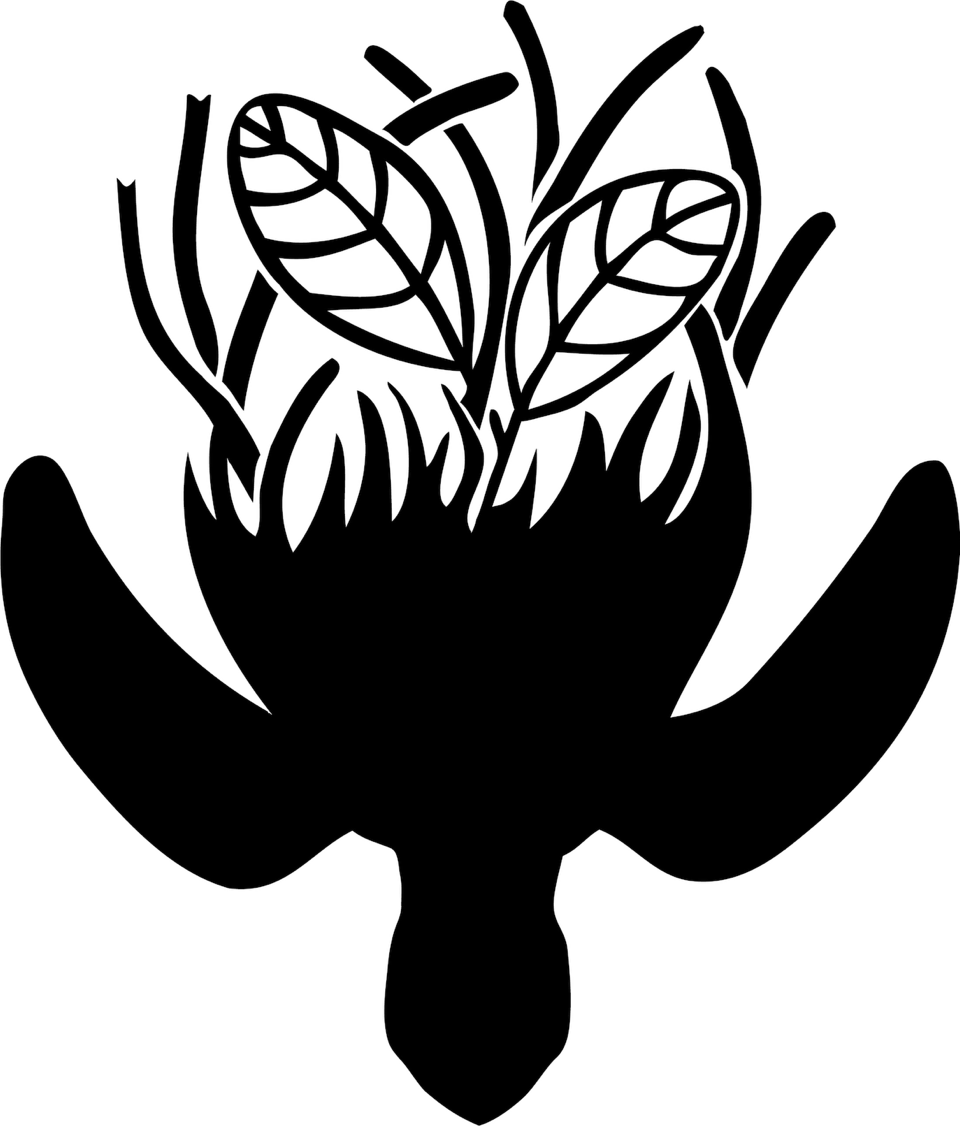

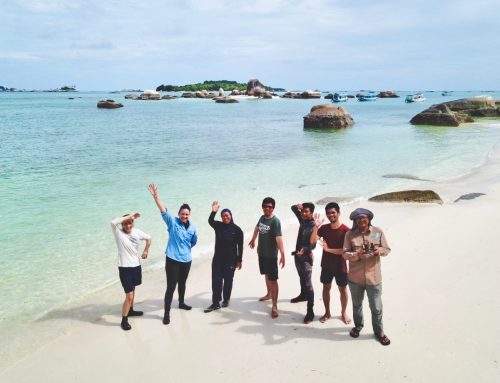
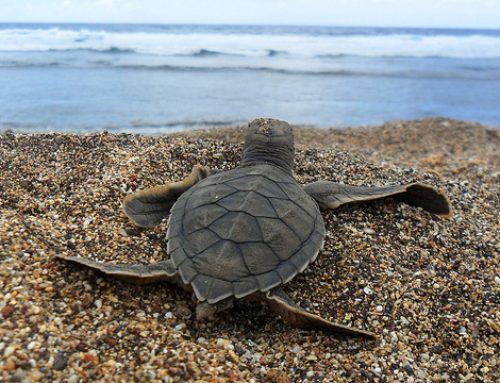
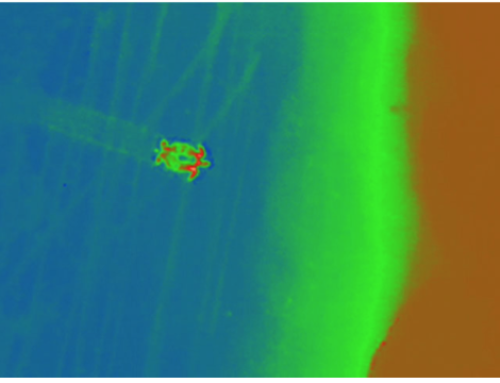
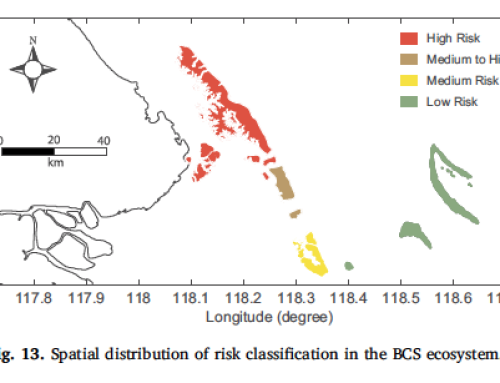
Leave A Comment